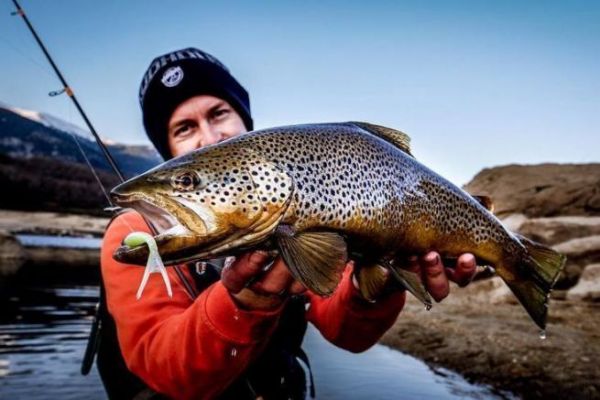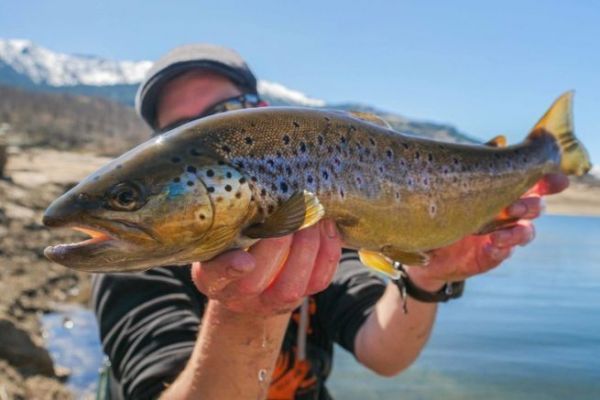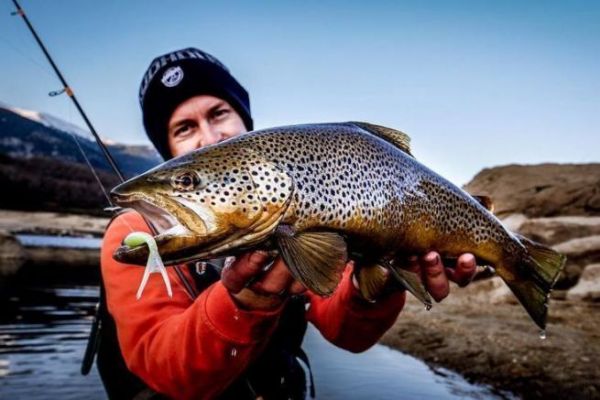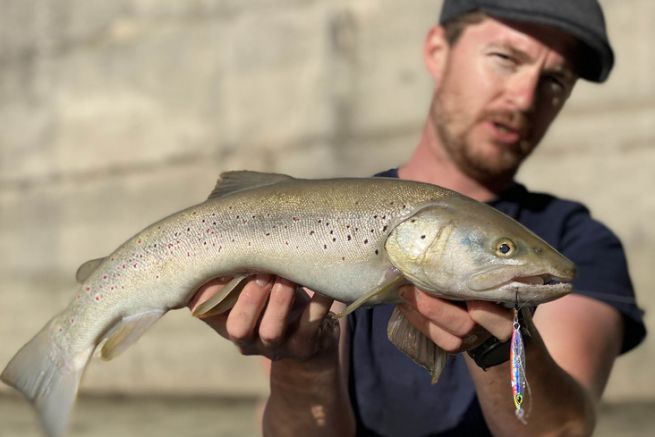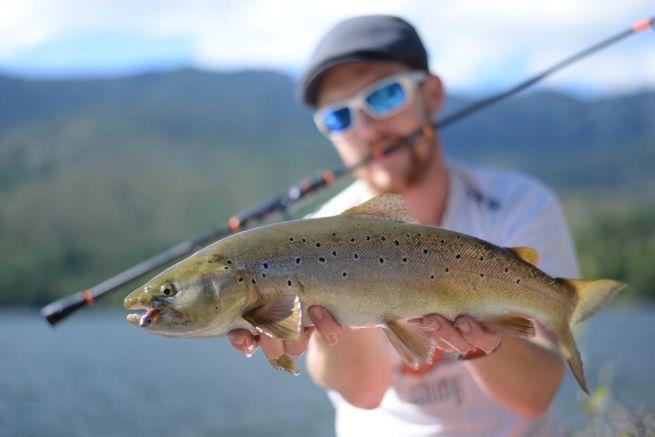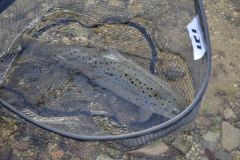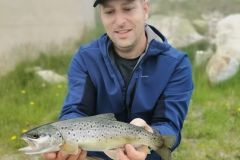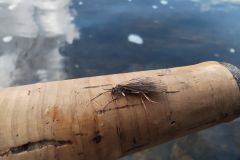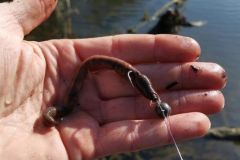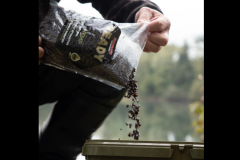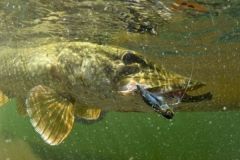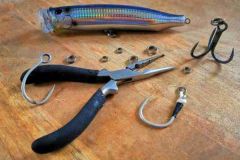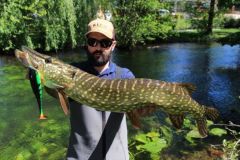Because they don't vibrate in the rod, finess are used much less by anglers, and even less by trout anglers, which makes them an interesting lure to stand out in places where fishing pressure is high.
The definition of a finess decoy
A finess lure is a soft lure, usually quite long and thin, that does not have a paddle perpendicular to the lure. It usually has a V-tail or a straight tail. This straight tail, in the continuity of the lure, is very flexible and mobile, which allows it to be animated very slowly if necessary.
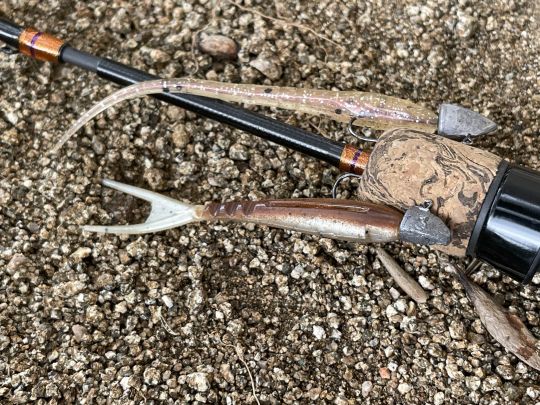
A finess emits a very fine vibration, unlike a shad that stirs up a lot of water, this difference is very important on fish that are not active or very educated. Although when you do a simple line in front of you with a finess, you don't find it a visually pleasing swim, it is this type of lure that comes closest to the swim of a real prey. Indeed, by observing a fish you realize that its natural swimming is not really ample and wide as can be that of a shad.
One of the big advantages of finess lures is their versatility according to the different animations given.
Animations of finess lures for trout: double standards
To target trout in a reservoir, it is possible to animate a finess lure in two completely different ways depending on the mood of the fish.
When prospecting for active fish, hunting, a darter fishing is very effective with a finess. Mounted on a triangular head which will allow him to move from right to left with each strike, he will have a very erratic swimming, like a fish in escape. For that, the action of the rod, the speed of recovery and the amplitude of the blows of scions is very important in order to guarantee a cleanest possible swimming. The ideal is to make tests according to the weight of the head, the size of the lure and the speed of recovery. This animation can be used at all depths and at different speeds, making it ideal for dam lakes in search of big trout.
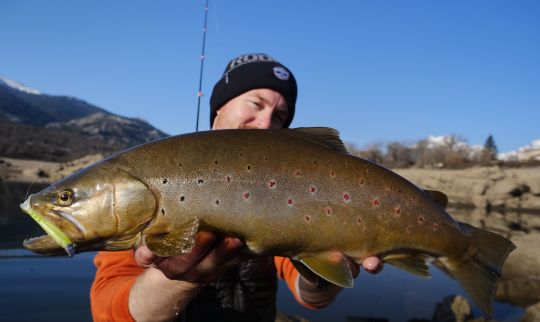
If no active fish react, and if the nature of the bottom allows it, it is possible to slow fishing on the bottom to trigger the trout. A bit like fishing for zander, a slow animated finess on the bottom is sometimes the solution when the fish are in inactive phases. This animation is even more effective if you notice the presence of gudgeon in the lake. Indeed, these small fish which the trout are fond of feed on the bottom, which makes the slow animation and stuck to the bottom very relevant. Don't hesitate to pause for several seconds, as it is not uncommon for trout to pick up the lure from the bottom.
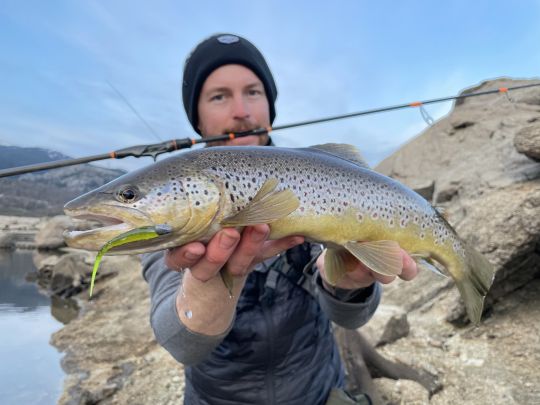
Quality touches
Depending on the type of animation, it is very regular to take big hits when fishing for trout with finesse. The flexibility and finesse of this type of lure generally allows a good grip on the trout, regardless of its size. The hook is then quickly lodged in the commissure during the strike and very few fish are unhooked. The importance of having a rod with a fast enough action then takes all its meaning.

